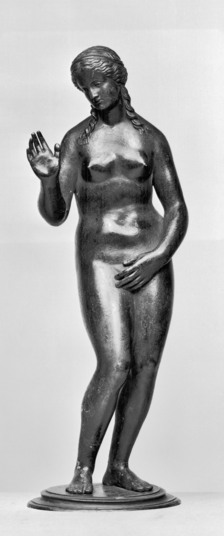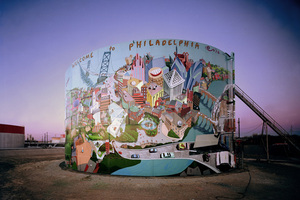It’s been a pleasure to be working at home a couple of recent days during the one o’clock hour, because that’s when WNYC is rebroadcasting The BBC/British Museum’s “A History of the World in 100 Objects.” I was surprised to be as interested as I actually was in the importance of the handaxe, and then the Clovis spear point too. And I’m sorry that I’ve had to miss a couple episodes (though I know, yes, that one can hear them online — but it’s somehow more meaningful when you know that others are listening along with you).
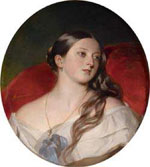 The series, which began in New York last week, reminded me of another radio series that BBC Radio is about to launch: Beginning next month, to mark the Queen’s diamond jubilee, it will broadcast an eight-part series called The Art of Monarchy. It will attempt to illustrate the history of the British monarchy through the art that kings and queens have acquired.
The series, which began in New York last week, reminded me of another radio series that BBC Radio is about to launch: Beginning next month, to mark the Queen’s diamond jubilee, it will broadcast an eight-part series called The Art of Monarchy. It will attempt to illustrate the history of the British monarchy through the art that kings and queens have acquired.
Before I get to the details, these two series make me wonder why we don’t/can’t have such art-focused radio in the U.S.
I suppose it’s no use bemoaning that British culture somehow manages to devise and execute radio and TV about the arts in a way that American culture never does — but I am. Why has no one used the collections of the Smithsonian, say, to tell American history? Or the Museum of the City of New York’s collection to tell the history of New York in 10 objects? Or why doesn’t American TV come up with a Downton Abbey instead of yet-another variation on CSI?
It’s interesting that the British efforts don’t come off there as stuffy. I note that the tabloid Daily Mail heralded the Art of Monarchy series last month by playing up the sexiness of an early portrait of Queen Victoria. “…this ‘secret portrait’ of the young queen is sure to get pulses racing, as it did for Prince Albert when it was first painted 170 years ago,” the story said. (The picture is above.) So what?
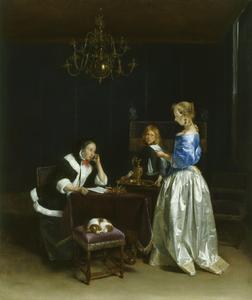 Here’s the series description:
Here’s the series description:
Travelling from Balmoral Castle in Scotland to the Royal Library at Windsor and from the State Rooms of Buckingham Palace to Osborne House on the Isle of Wight, Will [Gompertz, BBC Arts Editor] speaks to historians, academics and Royal Collection curators, all of whom share their expertise and explain how the chosen objects illustrate the subjects examined in the programmes, including faith, progress, war and legacy.
And of course there will be a website, as there is for History of the World, with more information, videos, and zoom technology.
I doubt that either a TV network (broadcast or cable) or a radio station would do something similar in the U.S. without — most of all — a sponsor for it, and a champion at a museum with a fairly broad collection.
But it seems to me that a series about art, or art and history, could be more inviting, more enticing to more people as some other so-called accessibility projects we hear about.
Photo Credits: Queen Victoria by Franz Xaver Winterhalter (top); The Letter, by Gerard ter Borch (bottom), Courtesy of the Royal Collection, © 2011

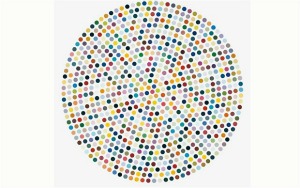 First off, despite the breadth of works shown around the world, these are not the “complete” spot paintings. Hirst has taken credit for about 1,400 of them, and only 331 are on view in this global exhibition. About half of those on view are for sale, with the rest borrowed.
First off, despite the breadth of works shown around the world, these are not the “complete” spot paintings. Hirst has taken credit for about 1,400 of them, and only 331 are on view in this global exhibition. About half of those on view are for sale, with the rest borrowed.
 They each get a medal, an eight-point, green-enameled asterisk — gilt for Tinterow, silver for Barnet, and a green ribbon with four vertical white stripes. Tinterow’s also has a little circle in the middle, shown at right.
They each get a medal, an eight-point, green-enameled asterisk — gilt for Tinterow, silver for Barnet, and a green ribbon with four vertical white stripes. Tinterow’s also has a little circle in the middle, shown at right. 